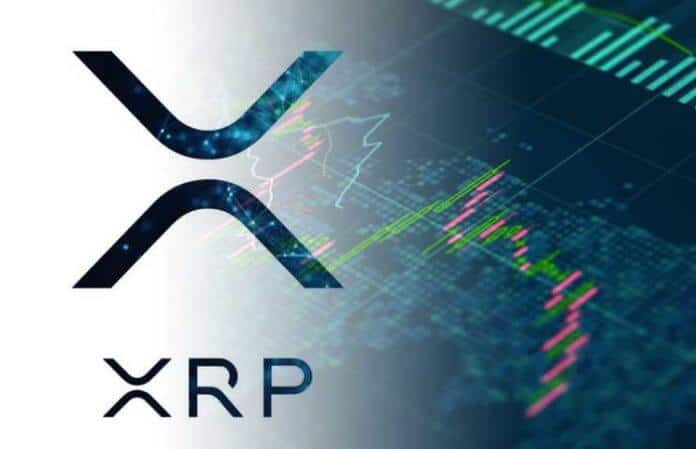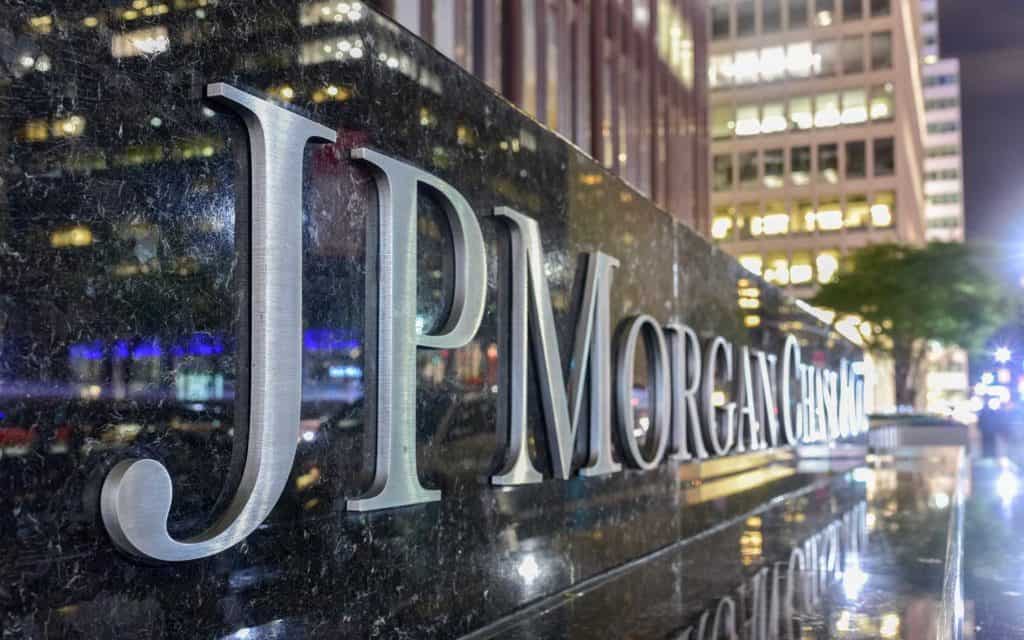Join Our Telegram channel to stay up to date on breaking news coverage
It’s certainly been a turbulent few months for cryptocurrencies since the autumn of 2018. From a year when it seemed like the sky could have been the limit for Bitcoin and many of the other leading alt-coins, it suddenly became a market where the only thing that was predictable was its volatility. But now, as we move further into 2019, we’re starting to see spikes in value occurring more frequently. One area in which this has started to really make people stand up and notice is in the levels of Ripple trade.
Although not quite as impressive as the peaks being reached back in October 2018, March saw trade volumes increasing dramatically for Ripple, in contrast to other cryptocurrencies for whom trading volumes have been steady.
When trying to assess the reasons for these spikes some observers have cited Ripple’s increasing popularity as a method for making cross-border payments using its xRapid and xCurrent platforms.
Before we take a look at the evidence to support this supposition, it’s worth remembering that Ripple’s original purpose was different to currencies like Bitcoin. Never intended to be a standalone currency, its true purpose has always been as a platform to facilitate transfers and conversions whether of currencies, data or almost any other form of transaction.
By focusing on this, and using an algorithm that finds and uses the most convenient and quickest way to transact, Ripple and xRapid manage to find that extra sweet spot that combines speed with low cost – in stark contrast to traditional banks…
At the present time, these still handle around 95% of all cross-border payments using methods which manage to combine lack of transparency, substantial fees and considerable delays. Replace these with a secure, fast and blockchain-backed system and the advantages are easy to see.
So, it’s not surprising that the big banks are starting to adopt more and more a system that was originally devised to replace them and to democratise the whole banking process.
This adoption of Ripple-based technology by banks is by no means a new phenomenon. As long ago as 2017 institutions including Standard Chartered and Axis, in Singapore and India respectively, started using the system for what was described as being a $15 billion trade corridor running between the two countries. Axis also partnered with Rakbank in the U.A.E. as a way of facilitating an easier passage for the $12.6 billion flowing between them annually.
More recently, the World Bank has cited distributed ledger transactions as being a transformative use of technology citing Ripple’s xRapid in particular as a “real world solution”. The bank was able to make this pronouncement after studying the results of a pilot scheme run across the US/Mexico border which saw currency exchange costs reduced from between 40% and 70% and transaction times cut from an average of two minutes to three seconds or less.
From this perspective it would seem that Ripple is in a very strong position to build on its success, unlike some other cryptocurrencies whose value has been principally built on their investment potential. The fact that Ripple has a high level of liquidity and is already in favour with many of the world’s leading financial institutions are two signs that it’s here to stay. So, the question is just how high it can go.
Join Our Telegram channel to stay up to date on breaking news coverage



